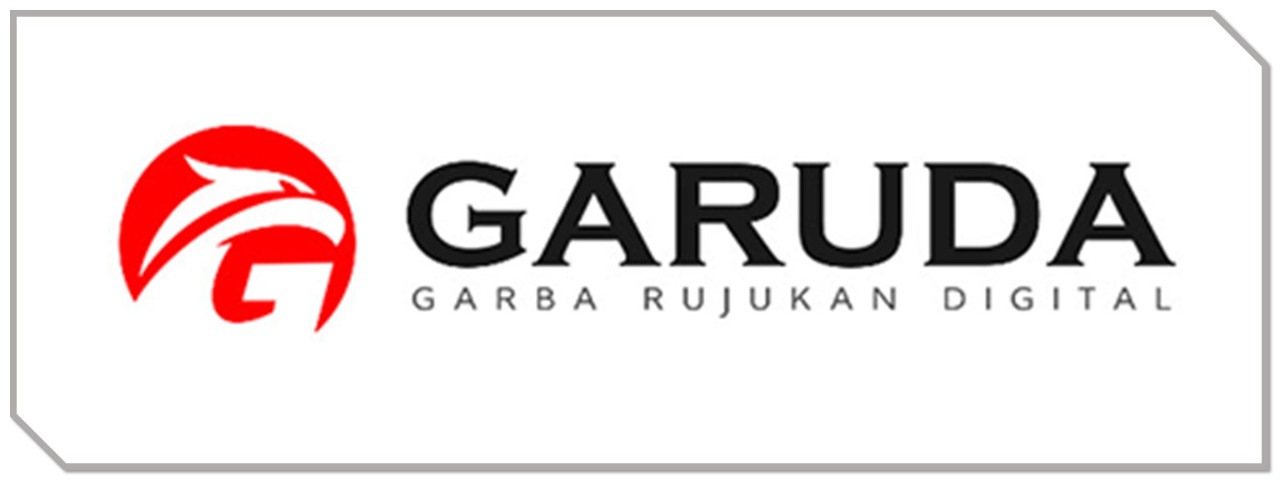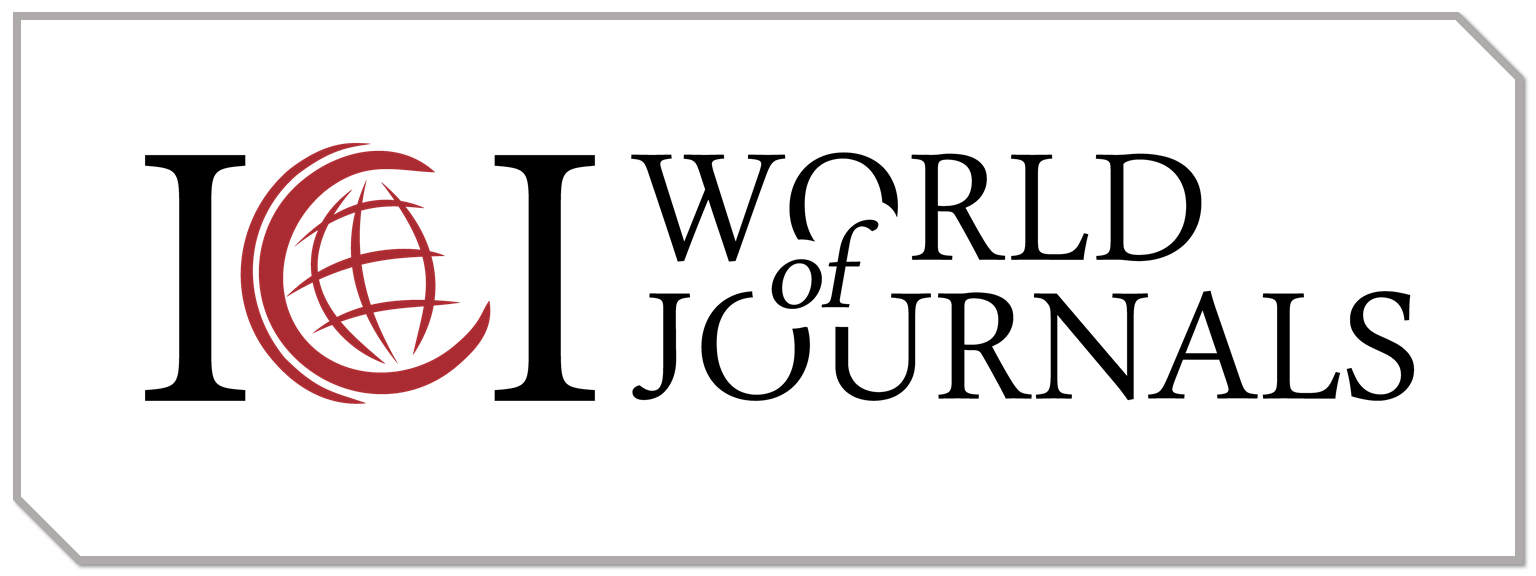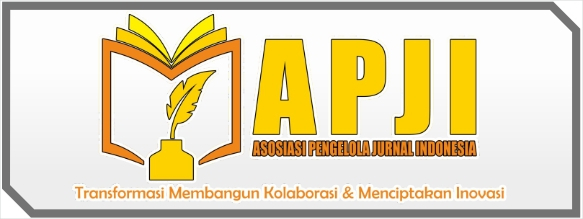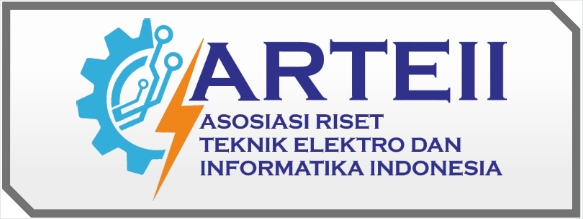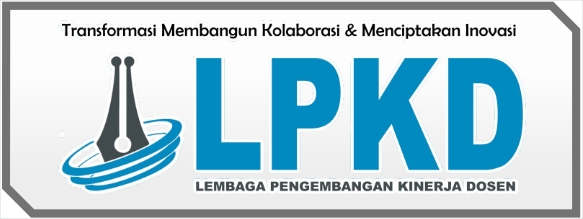The Role Of Green Marketing And Brand Image In Shaping The Decision To Stay At Ecolodge Bukit Lawang Resort
DOI:
https://doi.org/10.55606/icesst.v3i2.457Keywords:
Green Marketing, Sustainable Marketing, Sustainable Tourism, Ecolodge Branding, Brand ImageAbstract
This study aims to examine the role of green marketing and brand image in shaping the decision to stay at Ecolodge Bukit Lawang Resort. Ecolodge Bukit Lawang Resort, located in the Bukit Lawang area, North Sumatra, offers an eco-friendly tourism concept that focuses on sustainability and nature conservation. Therefore, understanding how green marketing practices and brand image can influence consumer behavior in making decisions to stay is important. This study uses a quantitative approach with a survey of 100 visitors who have stayed at Ecolodge. Data were analyzed using multiple regression methods to test the influence of green marketing (eco-friendly products, green promotions, and sustainability policies) and brand image (trust, associations, and perceived quality) on consumer decisions. The results showed that both factors had a significant influence on the decision to stay. Green marketing plays an important role in creating a positive image that influences consumer trust, while a strong brand image strengthens the decision to stay. These findings provide insight for Ecolodge Bukit Lawang Resort managers to focus more on developing green marketing strategies and strengthening brand image in order to increase the resort's appeal as an ecologically responsible tourist destination.
References
Asputri, I. M. P., Lubis, A., & Sugito, S. (2023). The Influence Of Green Hotel And Service Quality On Costumer Satisfaction In Madani Hotel Medan. Jurnal Ekonomi, 12(3), 1907–1912.
Cherian, J., & Jacob, J. (2012). Green marketing: A study of consumers’ attitude towards environment friendly products. As{’i}an Social Science, 8(12), 117.
Cretu, A. E., & Brodie, R. J. (2007). The influence of brand image and company reputation where manufacturers market to small firms: A customer value perspective. Industrial Marketing Management, 36(2), 230–240.
Dangelico, R. M., & Vocalelli, D. (2017). “Green Marketing”: An analysis of definitions, strategy steps, and tools through a systematic review of the literature. Journal of Cleaner Production, 165, 1263–1279.
Effendi, I., Lubis, A., Nasution, I. R., Rosalina, D., & Parulian, T. (2023). Pelatihan Pembuatan Dan Pemasaran Produk Pupuk Organik Cair Dari Urine Sapi Pada Kelompok Tani Subur Desa Lubuk Bayas. Selaparang: Jurnal Pengabdian Masyarakat Berkemajuan, 7(4), 2618–2621.
Effendi, I., & Shunhaji, A. (2021). Consumer Factors Buying Organic Products in North Sumatera. Esensi : Jurnal Bisnis Dan Manajemen, December 2020. https://doi.org/10.51275/alim.v2i2.185
Han, H., & Ryu, K. (2012). The theory of repurchase decision-making (TRD): Identifying the critical factors in the post-purchase decision-making process. International Journal of Hospitality Management, 31(3), 786–797.
Juniarso, A., Ardhiyansyah, A., & Maharani, D. P. (2022). Oriflame Company’s Personal Selling and Green Marketing Strategy on Consumer Purchase Interest: A Literature Review. International Conference on Economics, Management and Accounting (ICEMAC 2021), 297–304.
Karácsony, P. (2019). The role of corporate social responsibility in environmental sustainability. Human and Environmental Security in the Era of Global Risks: Perspectives from Africa, Asia and the Pacific Islands, 377–385.
Landua, I. (2008). Gaining competitive advantage through customer satisfaction, trust and confidence in consideration of the influence of green marketing.
Li, L., & Li, J.-Y. (2024). Corporate Social Responsibility and Society 5.0: Assessing Consumer Awareness, Loyalty, and Trust toward Socially Responsible Organizations. Sustainability, 16(17), 7862.
Lubis, A., Apriliya, I., Simbolon, K. A., & Lubis, N. W. (2022). Factors That Influence On The Development Of Paid Agro-Tourism In The Market Transmission Village. Jurnal Ekonomi, 11(02), 1213–1218.
Lubis, A., Apriliya, I., Simbolon, K. A., Lubis, N. W., Area, U. M., Study, A., Area, U. M., Program, M. S., Area, U. M., Program, M. S., & Medan, U. N. (2023). FACTORS THAT INFLUENCE ON THE DEVELOPMENT OF PAID AGRO- TOURISM IN THE MARKET TRANSMISSION VILLAGE. Jurnal Ekonomi, 12(01), 525–530.
Lubis, A., Apriliya, I., Wijaya, W. R., & Lubis, N. W. (2022). The Influence of Location and Village Potential on Agrotourism Development Based on Traditional Rice Farming in Pasar Melintang Village, Lubuk Pakam District. Jurnal Mantik, 6(2), 1278–1284.
Lubis, A., Effendi, I., Syahbudin, J., Rosalina, D., & Lubis, N. W. (2023). Keputusan menginap di Madani hotel Medan yang dipengaruhi oleh brand image, green marketing, dan fasilitas hotel. Insight Management Journal, 4(1), 21–27.
Lubis, A., Lubis, N. W., Apriliya, I., & Hadi, W. P. (2022). MARKETING STRATEGY FOR PAID RICE AGRO-TOURISM IN THE VILLAGE MARKET TRANSFER. Jurnal Ekonomi, 11(03), 1394–1402.
Mohammed, S. (2024). The Effect of Brand Equity on Consumer Choice Decision: The Case of Five Star Hotels in Addis Ababa.
Mohd Suki, N., & Mohd Suki, N. (2015). Consumers’ environmental behaviour towards staying at a green hotel: Moderation of green hotel knowledge. Management of Environmental Quality: An International Journal, 26(1), 103–117.
Nasution, L. N., Rangkuty, D. M., & Putra, S. M. (2024). The Digital Payment System: How Does It Impact Indonesia's Poverty?. ABAC Journal, 44(3), 228-242.
Ottman, J. (2017). The new rules of green marketing: Strategies, tools, and inspiration for sustainable branding. Routledge.
Peattie, K. (2016). Green marketing. In The marketing book (pp. 573–597). Routledge.
Putra, Y. M., Effendi, I., & Siregar, D. (2024). Meningkatkan Daya Tarik Ecolodge Bukit Lawang Resort Melalui Green Marketing Dan Kualitas Layanan Untuk Meningkatkan Keputusan Menginap Wisatawan. Jurnal Ilmiah Manajemen, Ekonomi, & Akuntansi (MEA), 8(2), 1874–1882.
Qu, H., Kim, L. H., & Im, H. H. (2011). A model of destination branding: Integrating the concepts of the branding and destination image. Tourism Management, 32(3), 465–476.
Rangkuty, D. M., & Hidayat, M. (2021). Does Foreign Debt have an Impact on Indonesia's Foreign Exchange Reserves?. Ekuilibrium: Jurnal Ilmiah Bidang Ilmu Ekonomi, 16(1), 85-93.
Richard, J. E., & Zhang, A. (2012). Corporate image, loyalty, and commitment in the consumer travel industry. Journal of Marketing Management, 28(5–6), 568–593.
Rusiadi, R., Hidayat, M., Rangkuty, D. M., Ferine, K. F., & Saputra, J. (2024). The Influence of Natural Resources, Energy Consumption, and Renewable Energy on Economic Growth in ASEAN Region Countries. International Journal of Energy Economics and Policy, 14(3), 332-338.
Sari, A. P., Effendi, I., & Lubis, A. (2024). The Role Of Social Media Marketing And Pricing In Influencing Purchasing Decisions Of Msmes In Padangsidimpuan City. Proceeding of The International Conference on Business and Economics, 2(2), 141–148.
Wijaya, B. S. (2013). Dimensions of brand image: A conceptual review from the perspective of brand communication. European Journal of Business and Managemrnt, 5(31), 55–65.
Downloads
Published
How to Cite
Issue
Section
License
Copyright (c) 2024 The International Conference on Education, Social Sciences and Technology (ICESST)

This work is licensed under a Creative Commons Attribution-ShareAlike 4.0 International License.





